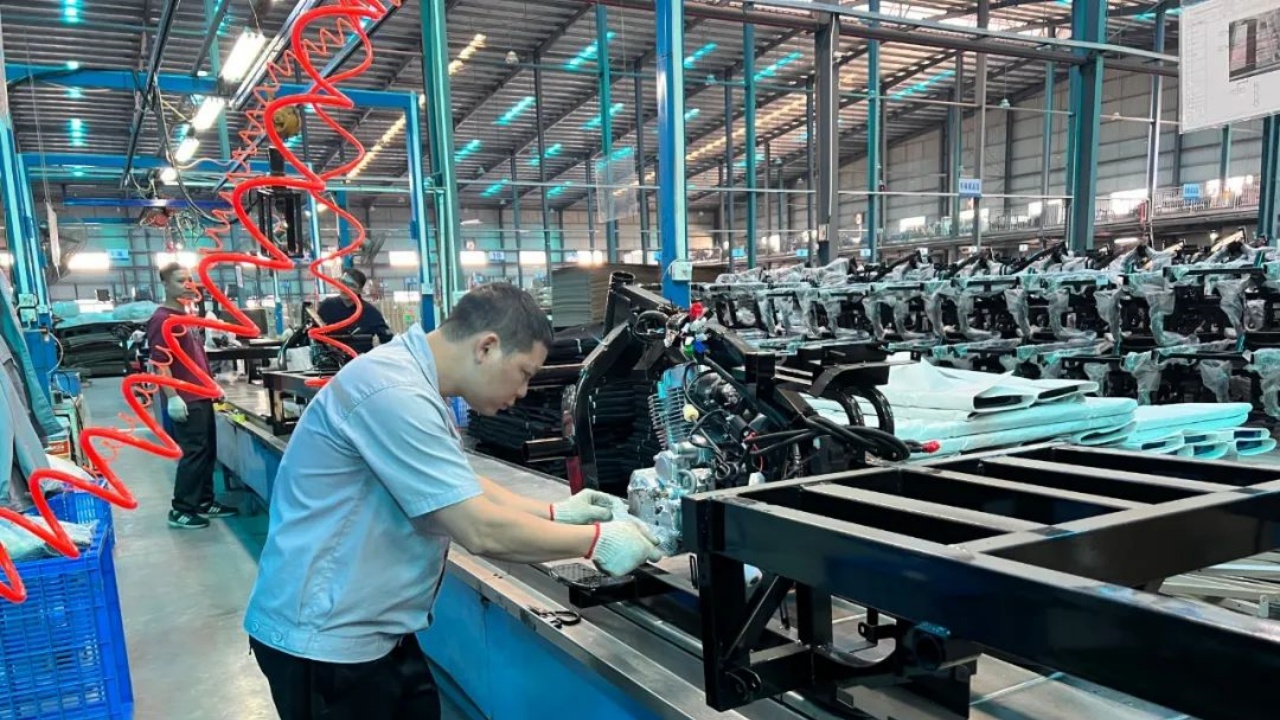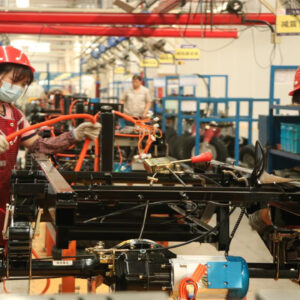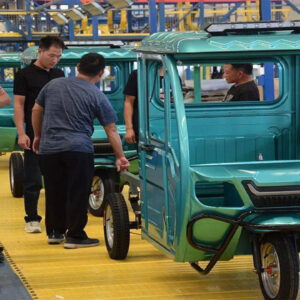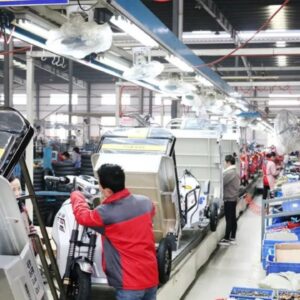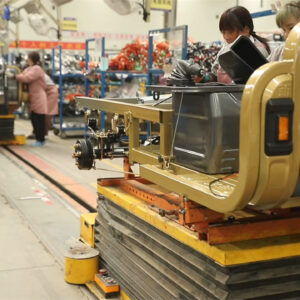Tricycle Assembly Line—designed for assembling different types of tricycles
A tricycle assembly line is designed for efficient tricycle production, with stations for frame assembly, motor and battery installation, wheel fitting, control systems, and quality checks. It may incorporate automation to enhance efficiency and quality, with systems for real-time monitoring and data analysis.
Description
Tricycle Production Lines/Assembly Lines are Suitable to Produce/Assemble 3 wheeler, tricycles, and so on.(If customers request, we also can design the Production Line/Assembly Line suitable for 2 wheeler and 3 wheeler depends on exact vehicle models.)

A tricycle assembly line is a production line specifically designed for assembling tricycles, which can be customized based on different types of tricycles (such as human-powered tricycles, electric tricycles, etc.) and their uses (such as cargo, passenger transport, etc.). Here is a general introduction to the tricycle assembly line:
1. **Design and Planning**:
– The design of the assembly line typically includes the layout of workstations, the flow path of materials, and the tools and equipment required at each workstation.
– Considering production efficiency and cost, the design of the assembly line needs to ensure smooth processes and minimize material handling.
2. **Main Components**:
– **Frame Assembly Area**: Used for welding and assembling the tricycle frame.
– **Power System Installation Area**: For electric tricycles, this area is responsible for installing batteries and motors.
– **Wheel and Tire Installation Area**: Responsible for installing the wheels and tires of the tricycle.
– **Seat and Control System Installation Area**: Installs seats, handlebars, braking systems, and other control components.
– **Electronic System Installation Area**: Installs lighting, signaling, dashboards, and other electronic equipment.
– **Painting and Decoration Area**: Applies paint, decoration, and final cleaning to the tricycle.
– **Quality Inspection Area**: Conducts quality checks on assembled tricycles to ensure they meet safety and performance standards.
3. **Automation and Semi-automation Equipment**:
– The assembly line may include automated or semi-automated equipment, such as welding robots, automatic conveyor belts, electric screwdrivers, etc., to improve efficiency and reduce human error.
4. **Quality Control**:
– Each stage of the assembly line should have quality control points to ensure the quality of each component and the overall assembly of the vehicle.
5. **Flexibility and Scalability**:
– Modern assembly line designs consider flexibility and scalability to adapt to the production needs of different tricycle models and market changes.
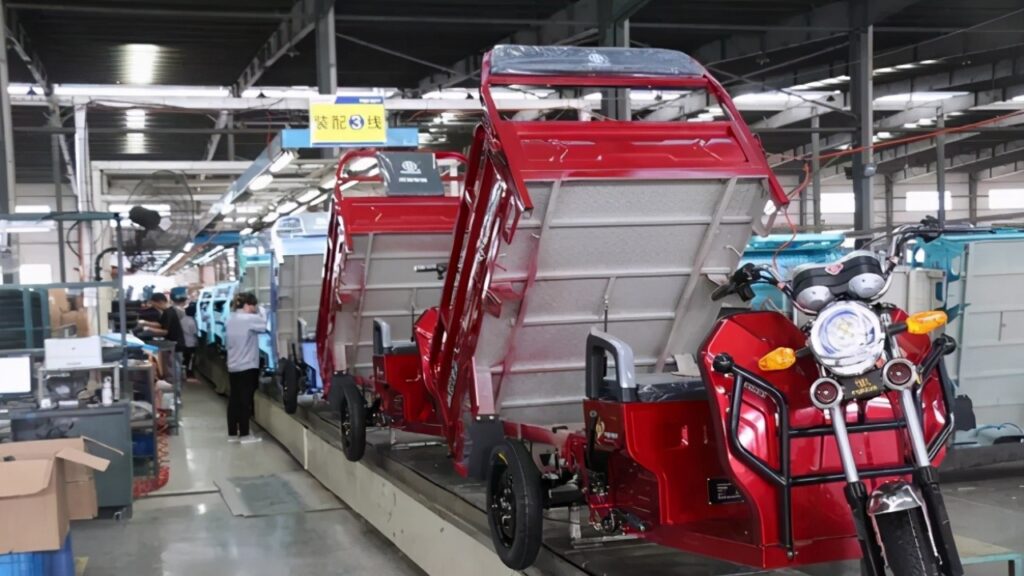
6. **Environment and Safety**:
– The design and operation of the assembly line need to comply with relevant environmental and safety regulations to ensure employee health and reduce environmental impact.
7. **Information Management System**:
– The assembly line may be equipped with an information management system, such as MES (Manufacturing Execution System), to monitor production progress and efficiency in real-time, as well as for data analysis and optimization.
8. **Maintenance and Support**:
– Maintenance and technical support for the assembly line are crucial to ensure continuous operation, including regular equipment inspections and repairs.
The design and implementation of a tricycle assembly line is a complex process involving multiple fields such as industrial engineering, mechanical design, automation technology, and quality management. With technological advancements, assembly lines are continuously evolving towards intelligence and automation to improve production efficiency and product quality.
